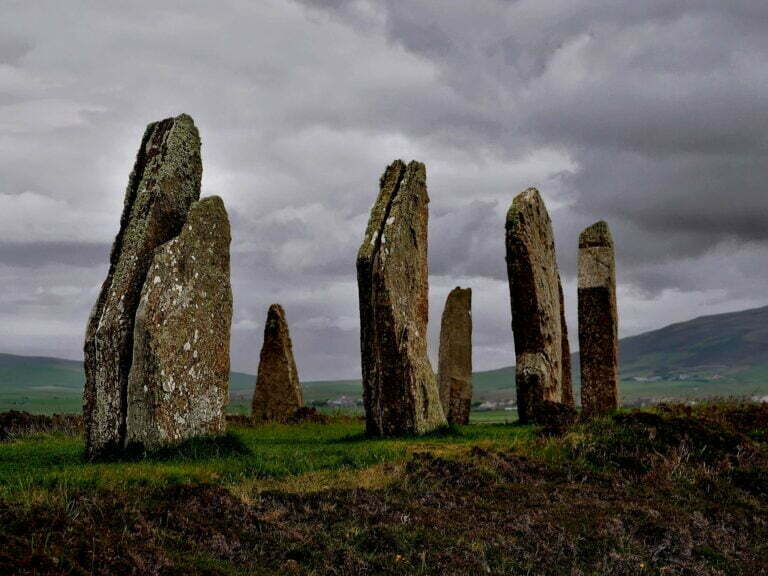
The heart of Neolithic Orkney is in the Orkney Islands, an archipelago off the north coast of Scotland in the United Kingdom. This World Heritage Site encompasses a group of outstanding prehistoric monuments and archaeological sites that provide insights into the lives and practices of ancient peoples. Skara Brae is a remarkably well-preserved Neolithic village that dates back over 5,000 years. Maeshowe is a Neolithic chambered tomb known for its well-preserved Viking graffiti. The Ring of Brodgar is a stone circle and henge monument consisting of 27 standing stones arranged in a near-perfect circle. This site features a collection of standing stones, including the tallest remaining standing stone in Scotland. The Ness of Brodgar archaeological site is a recent discovery and is still being excavated. These sites collectively showcase the advanced architectural and engineering skills of Neolithic peoples and provide a window into their beliefs, rituals, and way of life.
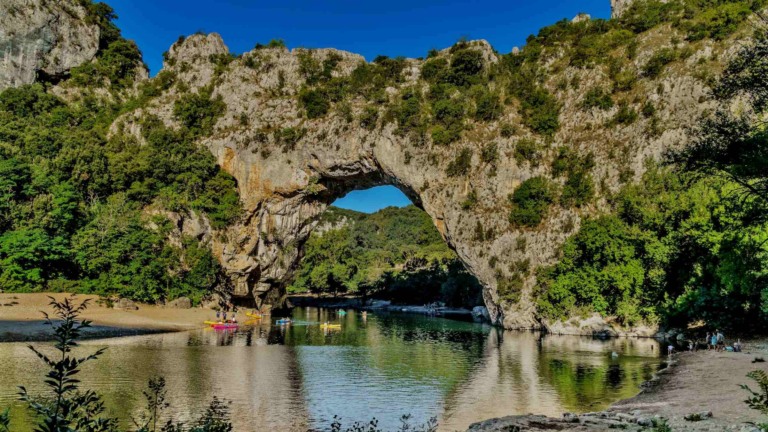
The Chauvet Cave, also known as the Decorated Cave of Pont d’Arc or Grotte Chauvet-Pont d’Arc, is a remarkable archaeological and cultural site located in the Ardèche region of southeastern France. It holds immense historical and scientific significance due to its ancient rock art, which provides valuable insights into prehistoric human culture.
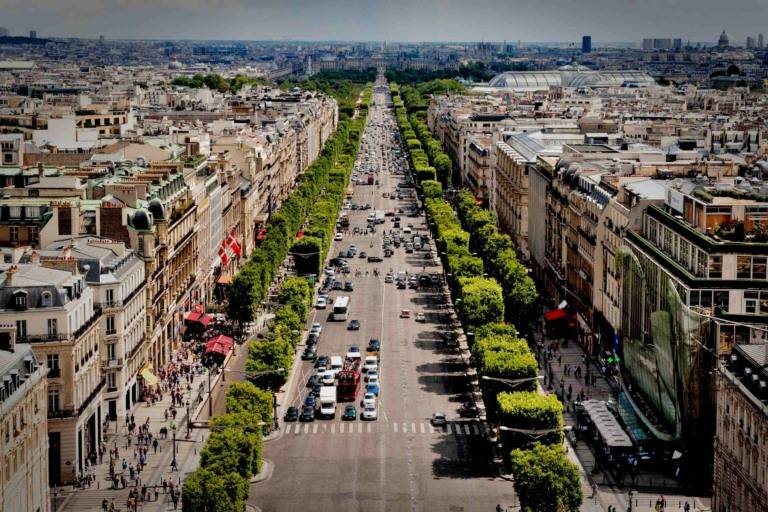
The Paris Banks of the Seine are a UNESCO World Heritage Site that encompasses the historic banks of the Seine River in Paris, France. This site is notable for its exceptional concentration of landmarks, monuments, and cultural heritage that have played a crucial role in shaping Paris as one of the most iconic and romantic cities in the world. Here's why it holds such historical and cultural significance:

The Valley of the Temples houses a series of well-preserved Doric-style ancient Greek temples, most of which were constructed during the 5th and 6th centuries BC. These temples were dedicated to various deities and reflect the cultural and religious significance of the Greek colony of Akragas (Agrigento).
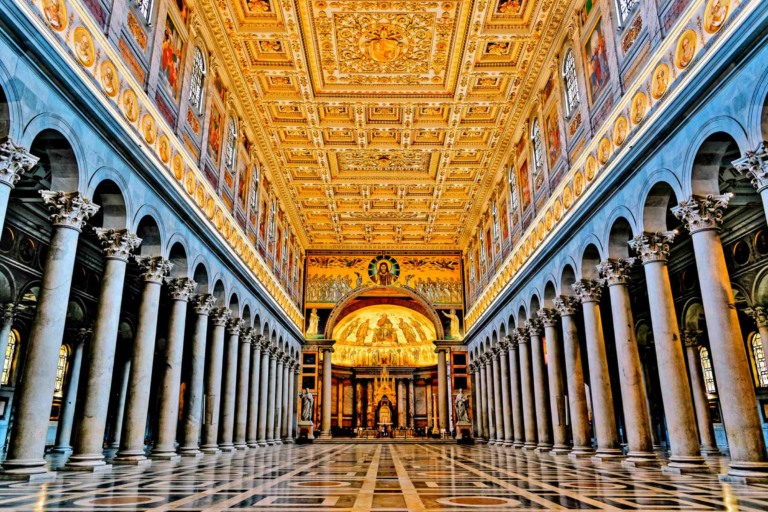
Historic Centre of Rome, the Properties of the Holy See in that City Enjoying Extraterritorial Rights and San Paolo Fuori le Mura. These three components together form the UNESCO World Heritage Site, recognized for the unique combination of archaeological treasures, religious landmarks, and historical importance they represent. Visiting these sites offers an opportunity to walk through centuries of history, witness some of the world's most remarkable architectural achievements, and experience the spiritual and cultural heart of the Catholic Church.
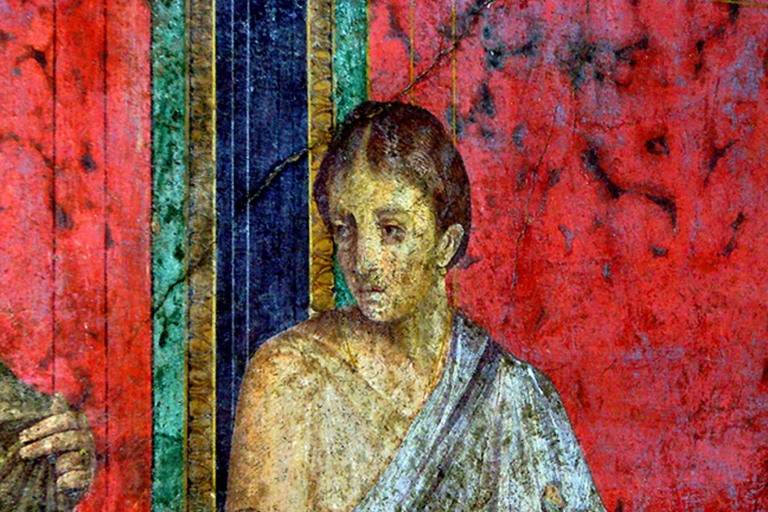
The Archaeological Areas of Pompeii, Herculaneum, and Torre Annunziata are three ancient Roman cities in the Campania region of Italy. These sites were buried by the eruption of Mount Vesuvius in AD 79 and have been exceptionally well-preserved over the centuries. They provide valuable insights into Roman life and culture during the 1st century AD.
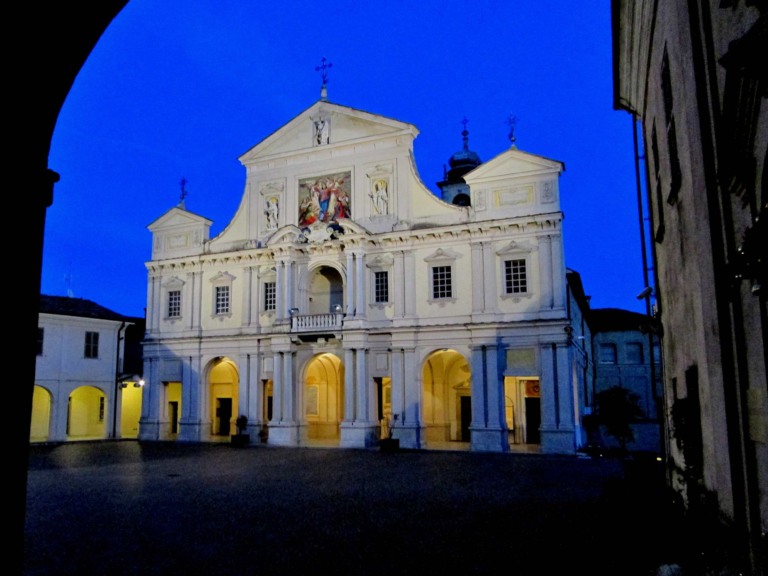
The Sacri Monti of Piedmont and Lombardy represent an exceptional blend of art, architecture, and religious devotion. They offer visitors an opportunity to immerse themselves in the spiritual and cultural history of the region while enjoying the natural beauty of the surrounding landscapes. The combination of faith, artistry, and picturesque settings makes the Sacri Monti a unique and significant cultural heritage in Italy.
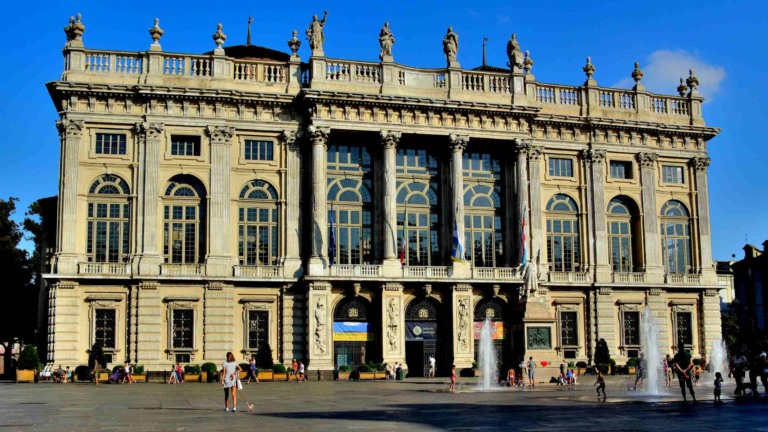
Residences of the Royal House of Savoy are a series of palaces, castles, and residences located in various regions of Italy, primarily in Piedmont and Turin. These residences were once inhabited by the Royal House of Savoy, one of the most significant ruling families in European history. Many of these sites have been recognized as UNESCO World Heritage Sites due to their historical and architectural importance.
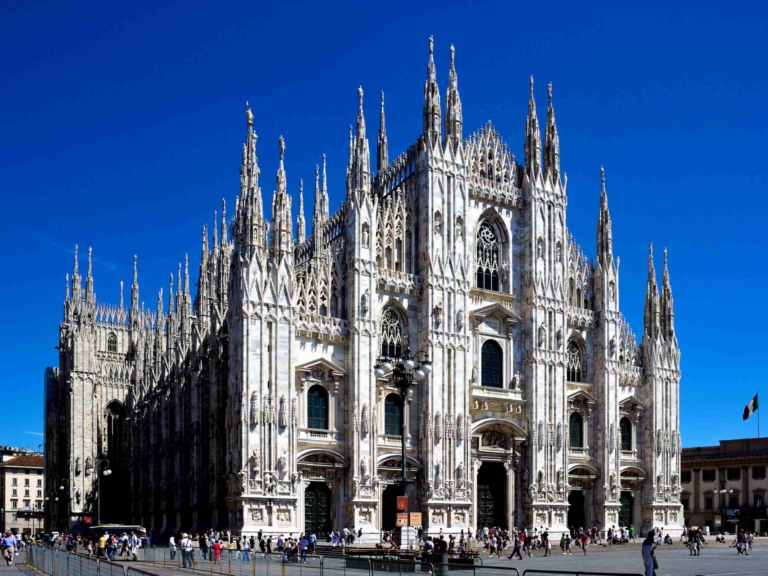
Milan Cathedral, known as “Duomo di Milano” in Italian, is one of the most iconic landmarks in Italy and one of the largest Gothic cathedrals in the world. It is located in the heart of Milan, the capital of Lombardy, and serves as a symbol of the city’s rich history and architectural grandeur. Construction of the cathedral began in 1386 under the direction of Archbishop Antonio da Saluzzo. It features a stunning Gothic architectural style with a blend of French and German influences. The facade is adorned with intricate statues, spires, and decorative elements. The construction of Milan Cathedral, officially known as “The Cathedral of Santa Maria Nascente,” began in 1386 under the direction of Archbishop Antonio da Saluzzo. It's construction continued for over six centuries, with different phases and modifications over time. The main structure was largely completed in the 19th century, although additional work and restoration efforts have continued in subsequent years.

Milan things to do and Milan places to visit. Milan, Italy’s vibrant and cosmopolitan city and the capital of Lombardy, offers a plethora of attractions and activities to suit various interests. The city boasts numerous museums, art galleries, theaters, and a vibrant nightlife scene. Exploring its neighborhoods, trying local delicacies, and embracing the city’s cultural offerings will make your visit to Milan memorable. Explore one of the world’s largest Gothic cathedrals. Admire the intricate architecture, climb to the rooftop for panoramic views of the city, and visit the cathedral’s museum. Discover the historic Sforza Castle, which houses museums and art collections. Stroll through the castle’s courtyards and gardens and explore the various exhibitions, including Michelangelo’s unfinished sculpture, the Rondanini Pietà. Learn about scientific and technological advancements through interactive exhibits, models, and inventions, paying tribute to Leonardo da Vinci’s genius. Experience the lively atmosphere of the Navigli district, famous for its canals and vibrant nightlife.

The history of Milan dates back to ancient times and has witnessed the rise and fall of various civilizations. Ancient Milan is a tapestry of ancient civilizations, artistic accomplishments, political conflicts, and economic development. It has shaped the city’s character and contributed to its status as a prominent cultural and economic center in Italy and beyond. Milan’s origins can be traced back to the Celts, who settled in the region around 400 BC. The city then came under Roman rule in the 3rd century BC and flourished as a key trading and strategic center within the Roman Empire. After the fall of the Western Roman Empire in the 5th century AD, Milan faced several invasions and was ruled by different Germanic tribes. In the 9th century, it became the capital of the Lombard League, an alliance of northern Italian cities that played a crucial role in the struggle against Holy Roman Emperor Frederick Barbarossa.

Arab-Norman Palermo and the Cathedral Churches of Cefalú and Monreale are nine places in Sicily, Italy, and have been UNESCO World Heritage Sites since 2015.











